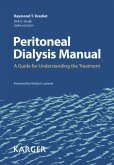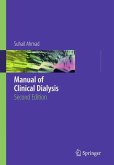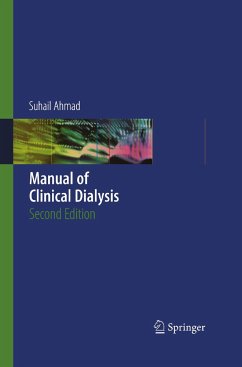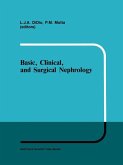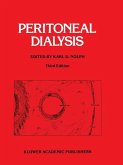During the past decade, there has been a renaissance of interest in the use of peritoneal dialysis as a primary dialytic modality for the treatment of children with end stage renal disease (ESRD). The development of the technique of continuous ambulatory peritoneal dialysis (CAPD) and continuous cycling peritoneal dialysis (CCPD) has markedly changed the approach to children requiring dialytic therapy. The availability of these techniques has facilitated prolonged dialysis in infants and has for the first time given pediatric nephro logists in many areas of the world an opportunity to consider dialysis in chil dren afflicted with ESRD. I have enlisted the collaboration of colleagues from Europe, South America, Canada, and the United States in compiling this multidisciplinary text, which hopefully contains the most up-to-date, comprehensive information regarding the use of CAPD/CCPD in children. It is my hope that every nephrologist (pediatric and adult); nephrology nurse (pediatric and adult); nephrology tech nician, or allied health professional dealing with children who require these therapeutic modalities will be able to resolve immediately any confounding clinical or technical issues that arise by using the information contained in this text. Demographic data on the use of CAPD/CCPD in children in Europe is provided from the EDTA Registry and in the United States from the National Peritoneal Dialysis Registry. The particular problems encountered in the use xiii xiv Preface of CAPD in children in developing countries is detailed by Dr. Grunberg and his colleagues in Uruguay.



